The Messay: An Introduction
No, that’s not a typo in the title. I’m here to rhapsodize about one of my very favorite kinds of books, the memoir-essay hybrid. Thanks to the punny powers of Book Riot’s own Amanda Nelson, this genre-defying kind of nonfiction now has a name: the messay. I did not come up with this perfect word myself, but as soon as I heard it, it stuck in my brain. I couldn’t let it go. Because if there’s one thing I love, it’s a good messay.
But what makes a messay a messay? How is a messay different from a memoir-in-essays, or a book-length essay that explores both the personal and the political? Well, I’m not an expert. I’m just someone who likes structurally weird nonfiction and books that don’t fall into neat boxes. But I’ve come up with a working definition. Let’s get into it.
What is a Messay?
Let’s start with the word itself. Messay is obviously a combination of memoir and essay. But something beautiful happens when you smash these words together. A third word appears, right there in the beginning of messay: mess! This is the basis for my working definition, and it’s what sets the messay apart from other kinds of genre-defying nonfiction. A messay isn’t just a blend of memoir and essay. It’s a messy blend of memoir and essay. Messays can be messy structurally, thematically, emotionally. The important bit is that they’re not straightforward. They often meander. They go off on tangents and then circle back in surprising ways. They shakes things up. They’re complicated.
I’m still working it all out. Part of what I love so much about messays is that they’re slippery. They’re not easy to pin down. But here are a few of the most important qualities and characteristics that I look for in a messay. As I keep reading nonfiction that blends elements of memoir with elements of essay into something entirely new, I’m sure I’ll discover lots more ways to define messays.
Heft and Movement
Essay collections sometimes have themes, but usually each individual essay can stand on its own. Messays have a bigger structure. They may be made up of individual essays, but those individual essays build toward something. There’s momentum. You want to keep turning pages, because whatever’s going on isn’t wrapped up neatly at the end of each essay. There’s a novelistic feeling to a lot of messays. Their component parts are beautiful on their own, and have beginnings, middles, and ends. But all of those parts are working in concert, in service to something bigger. A messay has an arc. It’s going somewhere.
Structurally Innovative
Messays are a way to write about something that is too messy to fit into one simple category. Think of a memoir that has implications beyond the story of one person’s life. Or a book that explores the intersection of several identities that sometimes feel like they’re in conflict with each other. A messay might utilize a combination of poetry and prose. Victoria Chang’s gorgeous book Dear Memory is a blend of letters, photographs, poem collages, and documents. All of these things together tell a story that poems or letters alone could not tell. Messays make use of nonlinear timelines, white space on the page, nontraditional formatting, author interjections. So much of what goes on in our lives is nearly impossible to map. Messays are books that tackle that mapmaking. Unconfined by the conventions of genre and structure, they can tell stories that are transformative and dynamic, that change as you read them, that reflect the sometimes overwhelming complexity of being a human on this planet.
Manifestos
A lot of messays have a manifesto component. They’re not just a memoir about something that happened to the author. They’re not just a collection of essays about politics, science, history, language, etc. Messays can be both of those things, but they also extrapolate outward. Authors of messays use their experiences to illustrate bigger patterns, to comment on and analyze the world outside their own lives. Some of the messays I love most are fiery, angry, bold. They’re not small stories; they’re stories that have big implications. They have an element of: but why? Why does this story matter, and what does that mean for the person reading it?
Memoirs Plus
A messay can be about anything! One of my favorite messays is a memoir about gardening, weeds, and family history (Madder, listed below). Another is about disability, activism, and growing up in rural Oregon (Exile & Pride by Eli Clare). A messay can lean political, scientific, historical. All messays have a personal element, but they weave that personal element with something else. I like to think of them as memoirs plus. Memoir plus a deep dive into the work of a particular photographer (Borealis, listed below). Memoir plus a practicum in surviving the publishing industry as a trans person of color (Dear Senthuran by Akwaeke Emezi). Memoir plus the history of blindness (There Plant Eyes by M. Leona Godin). Memoir plus poems (A History of My Brief Body by Billy-Ray Belcourt). You get the idea. Memoir plus infinity.
Five Brilliant Messays
Ready to dive into the wonder that is the messay? Here are five books to get you started. This sort list includes some of my very favorite essays, and though they’re all different, they each embody the essence of the messay. You’l find messy manifestos, structurally innovative essay collections, nonlinear memoirs, and a whole lot more.
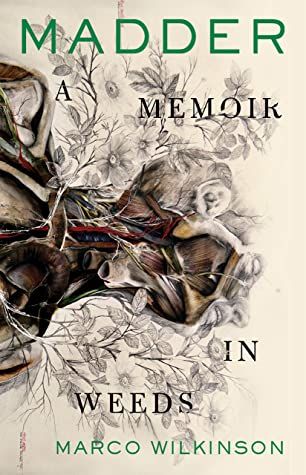
Madder by Marco Wilkinson
This beautiful memoir is full of structural innovations. Wilkinson writes about gardening, his family’s history in the U.S. and Uruguay, the stories his mother told him about his father, absence and grief, queerness, and the life of plants. It’s a visually stunning book, a combination of prose and poetry, short sections and long ones, white space and footnotes, symbols and asides.
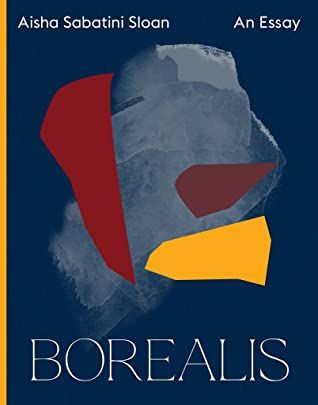
Borealis by Aisha Sabatini Sloan
This book-length essay is about Homer, Alaska, and what it’s like to be a queer Black woman in a very white town. It’s about Sloan’s own experience of wilderness, but it’s also about the history of nature writing and the racism inherent in so much of it, being an artist, photography, loneliness, and wildlife. The book feels expansive and spacious; some pages only have a few words on them, while others are dense with text.
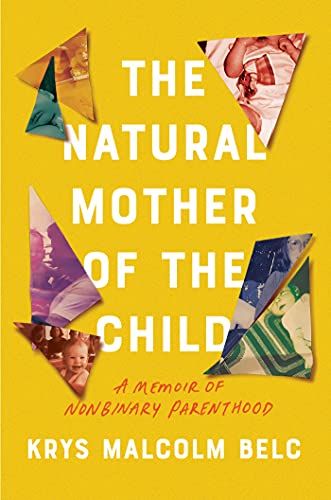
The Natural Mother of the Child by Krys Malcolm Belc
This memoir is a blend of essays, photographs and annotated court and legal documents. Belc writes about being a trans nonbinary parent, and how the experience of giving birth to his son changed his understanding of himself. It’s beautifully messy in all the ways. He grapples with queer family and bio family, partnership and parenting, transformation, desire, anger, transphobia and sexism, the narrow, harmful box of “mother” and so much more.
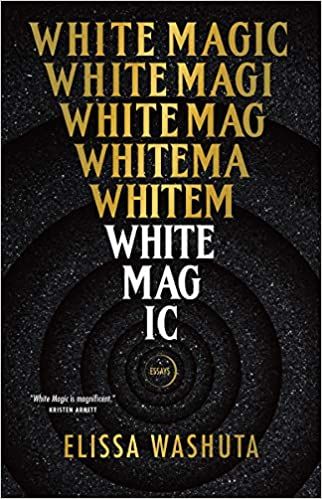
White Magic by Elissa Washuta
Washuta’s essays are about ritual, spirituality, magic, trauma, her childhood home in Pennsylvania, Indigenous history, the violence of whiteness, sexual violence, the act of writing, pop culture…and that’s just the beginning. Each essay is its own world, but together they tell a bigger and much more complicated story. Washuta, as the author, interjects via footnotes in which she addresses the reader directly. It reads a bit like a novel — that’s how strong the narrative arc of this remarkable collection is.
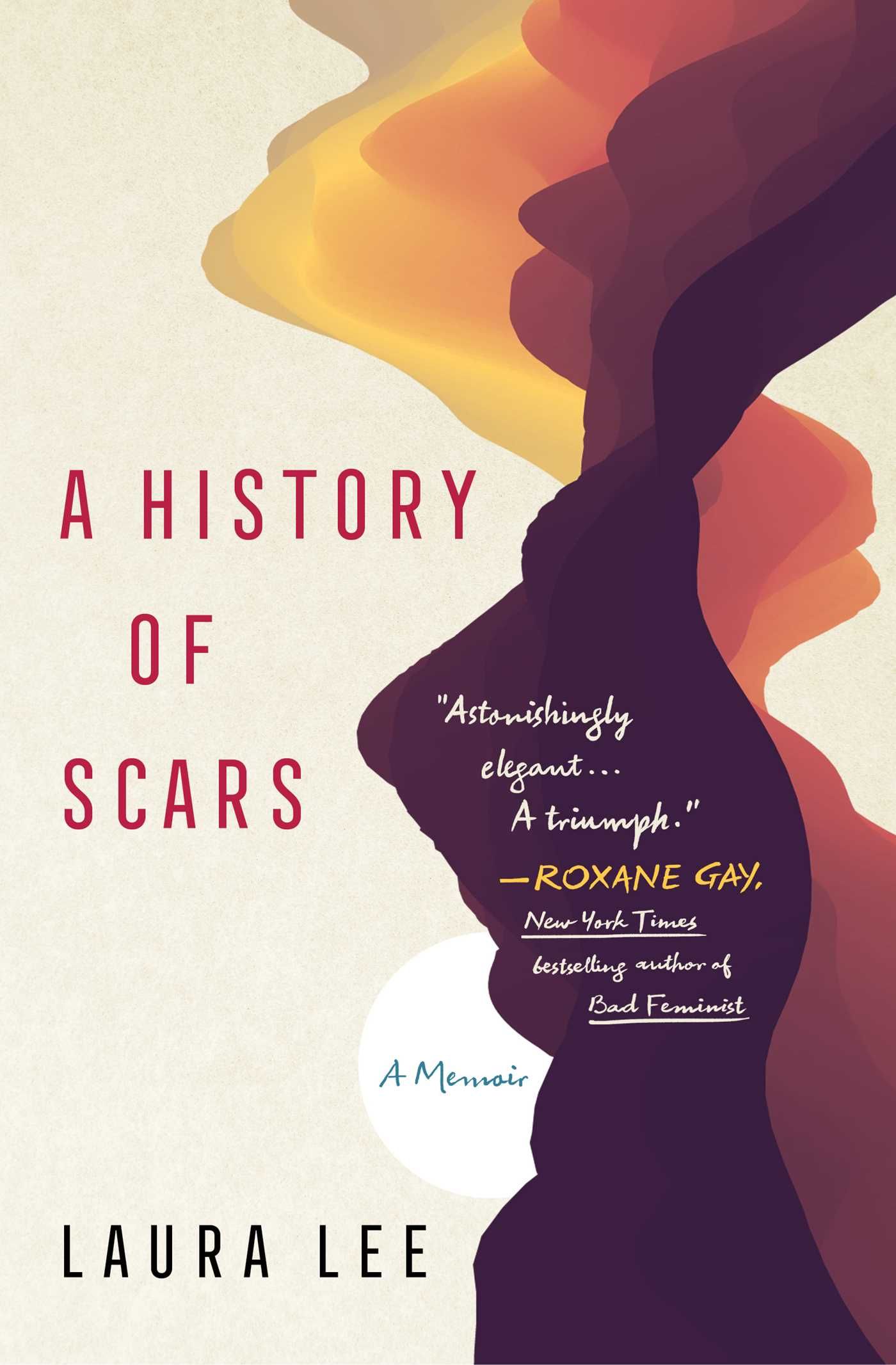
A History of Scars by Laura Lee
These are essays that talk to each other, that circle back on themselves. Lee writes about her mother’s undiagnosed Alzheimers, her Korean American identity, rock climbing, queerness, romantic entanglements, food and its complicated histories, caregiving, mental illness, and so much more. It’s a memoir in snapshots, each new piece illuminating something new about the ones that came before. The writing is sparse and beautifully descriptive, though the subjects she explores are extremely messy.
Looking for more nonfiction that doesn’t fit into neat categories? Check out the best-genre-bending nonfiction of 2021! You might also be interested in these genre-defying memoirs, and these queer nonfiction books that challenge mainstream narratives. And there are likely some messays hiding in this piece, full of examples of the lyric essay, and in this piece about book-length essays.

إرسال تعليق
0 تعليقات